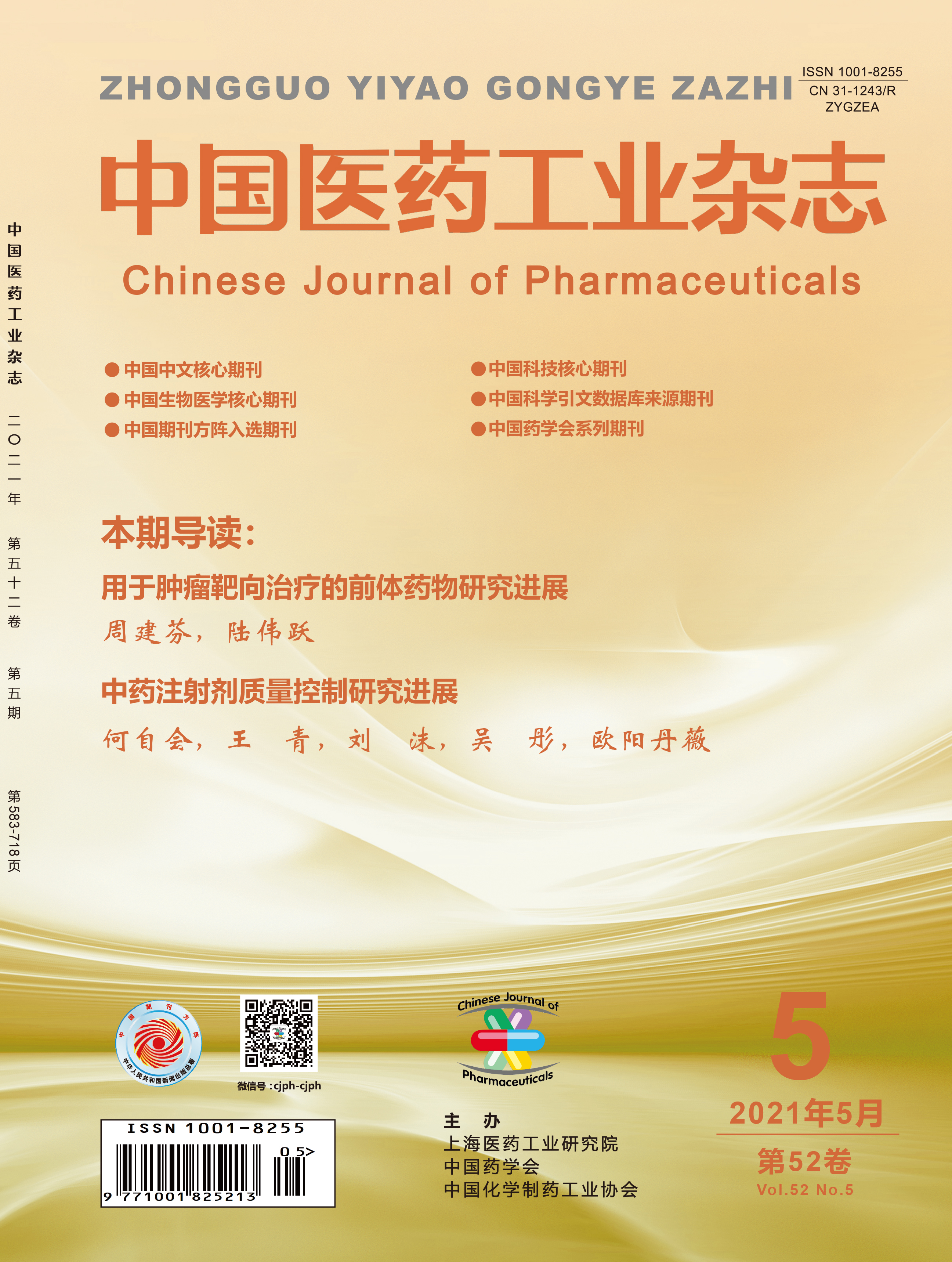Paper
YIN Xijing, SHI Fangzhen, REN Xia, YU Lihua, ZHAO Yan
A high performance liquid chromatography-electrochemical detection(HPLC-ECD) method was established for determination of the related substances in azithromycin(1) extended release for oral suspension. The ZirChrom-PBD column was used, with potassium dihydrogen phosphate solution and acetonitrile(213∶87) as mobile phase(isocratic elution). The flow rate was 0.6 ml/min, the column temperature was 30 ℃, and the injection volume was 50 μl. The results showed that 1 and the known impurities[azithromycin N-oxide(2), azithromycin dexsamine(3), N-desmethyl azithromycin(4), azithromycin related substance F(5), azaerythromycin A(6) and azithromycin related substance H(7)], as well as the degradation products produced by the stress tests, were all separated well. And the calibration curves were linear for compounds 1 - 7 in the corresponding ranges(r≥0.996 0). The average recoveries of 1 - 7 were respectively 96.0%, 88.5%, 98.1%, 97.7%, 100.0%, 95.1% and 98.6% with the RSDs (n=9) of 1.86%, 3.20%, 1.25%, 2.62%, 4.06%, 1.05% and 2.95%. The precision test RSDs(n=6) were 4.23%, 2.65%, 2.70%, 4.57%, 4.45%, 0.96% and 3.91%, respectively. All of the data met the requirements of quantitative analysis. This method has high sensitivity and strong specificity, which can be used for the detection of related substances in 1 extended release for oral suspension.
